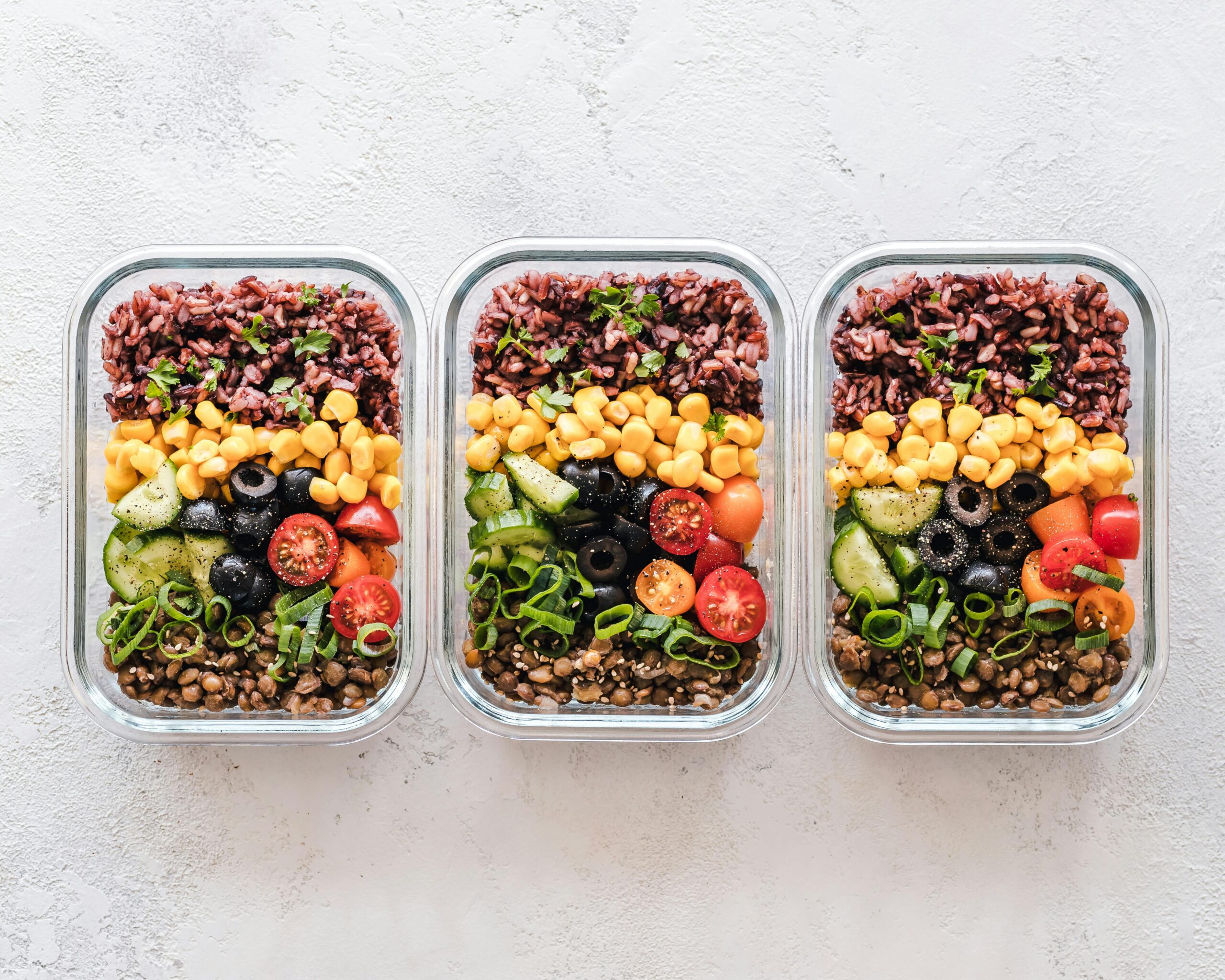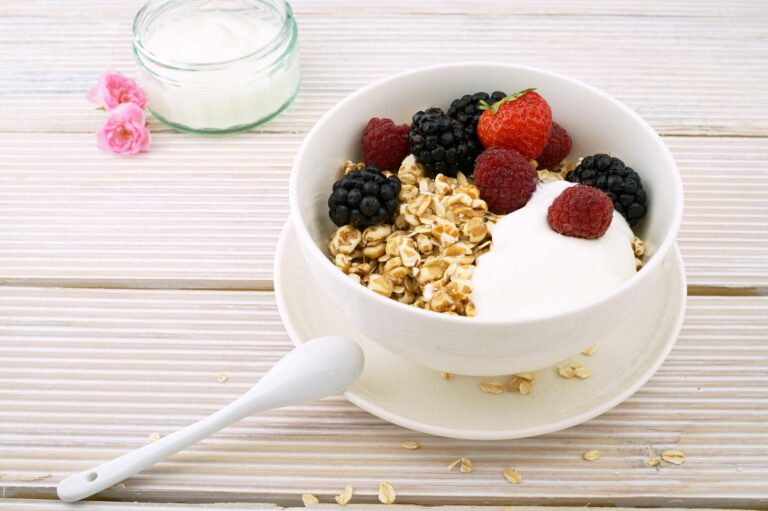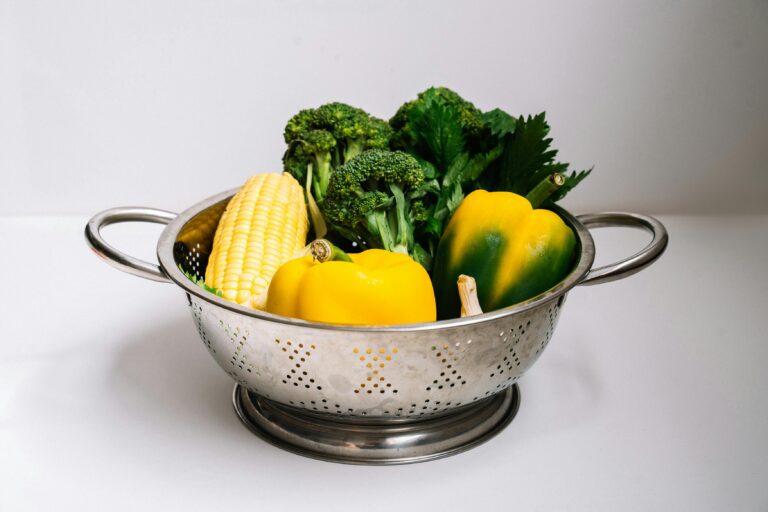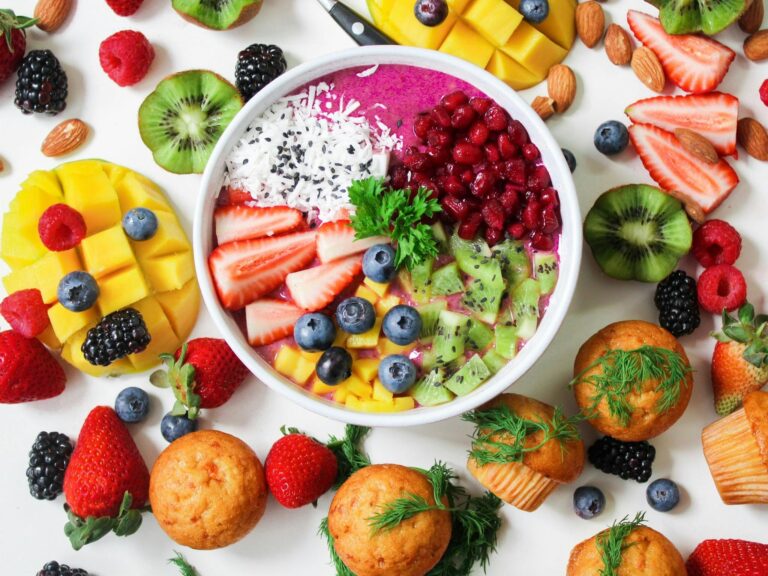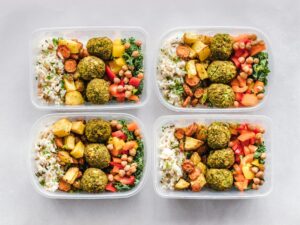Learn how to build a balanced diet with the right mix of carbohydrates, proteins, and fats. Discover portion sizes, food examples, meal ideas, and tips for creating healthy meals that fuel your body and support long-term wellness.
Why Balance Matters?
In today’s fast-paced world, food choices are often driven by convenience rather than nutrition. Many people skip meals, eat processed snacks, or jump on fad diets that promise fast results but leave them feeling tired, unsatisfied, and unhealthy in the long run.
The truth is, healthy eating doesn’t have to be complicated. You don’t need to count every calorie or avoid entire food groups to achieve your health goals. Instead, the secret lies in balance. When you know how to structure your meals with the right mix of carbohydrates, proteins, and fats, you give your body the fuel it needs to perform, recover, and thrive.
This blog will guide you step by step on how to build a balanced plate, why each macronutrient matters, and how to apply this approach to your everyday life.
Understanding the Three Macronutrients
Before building a plate, it’s important to understand the role of each macronutrient:
1. Carbohydrates – The Body’s Primary Energy Source
Carbohydrates are often misunderstood. Diet trends like keto or low-carb diets make carbs seem like the enemy, but in reality, carbs are your body’s main source of energy. Without them, you may feel sluggish, moody, and unable to concentrate.
Types of Carbohydrates:
- Simple carbs: Found in sugar, candy, soda, white bread – these digest quickly and spike blood sugar.
- Complex carbs: Found in whole grains, fruits, vegetables, and legumes – these digest slowly, provide stable energy, and contain fiber.
Benefits of Carbs:
- Provide fuel for muscles and the brain.
- Support digestion through fiber.
- Help regulate blood sugar when paired with protein and fats.
Best Choices:
- Whole grains (brown rice, oats, quinoa, whole wheat bread)
- Vegetables (broccoli, spinach, carrots, sweet potatoes)
- Fruits (apples, berries, bananas, oranges)
- Legumes (chickpeas, lentils, beans)
Portion Guide: About ¼ of your plate should come from quality carbohydrates.
2. Proteins – The Building Blocks of the Body
Protein is essential for muscle repair, growth, hormones, and enzymes. It also plays a role in satiety, which means eating enough protein can keep you full for longer and help control cravings.
Benefits of Protein:
- Builds and repairs muscle tissue.
- Supports immune function.
- Helps regulate hunger.
- Plays a role in metabolic health.
Best Choices:
- Animal-based: chicken, turkey, fish, eggs, dairy (paneer, yogurt, milk)
- Plant-based: lentils, beans, tofu, tempeh, quinoa, soy products
- Snacks: nuts, seeds, protein shakes
Portion Guide: About ¼ of your plate should be protein.
3. Fats – Essential for Hormones and Brain Health
Fats have been demonized for decades, but healthy fats are crucial for your body. They help absorb fat-soluble vitamins (A, D, E, and K), regulate hormones, and support brain health.
Types of Fats:
- Healthy fats (unsaturated): avocado, nuts, seeds, olive oil, fatty fish
- Unhealthy fats (trans & saturated): fried foods, processed snacks, margarine
Benefits of Healthy Fats:
- Support hormone balance.
- Improve skin and hair health.
- Reduce inflammation.
- Provide long-lasting energy.
Best Choices:
- Avocado
- Nuts and seeds
- Olive oil, mustard oil, coconut oil (in moderation)
- Fatty fish like salmon and mackerel
Portion Guide: Healthy fats should be about 1–2 tablespoons per meal, not an entire plate section.
The Balanced Plate Formula
Nutritionists often recommend the ½ + ¼ + ¼ rule for building meals:
- ½ Plate = Vegetables + Fruits (fiber, vitamins, minerals, and slow-digesting carbs)
- ¼ Plate = Lean Protein (muscle repair and satiety)
- ¼ Plate = Whole Grains or Starchy Vegetables (energy)
- Small Add-On = Healthy Fats (oils, nuts, seeds, avocado)
This formula ensures that every meal has the right balance of nutrients for energy, fullness, and long-term health.
How to Apply This in Real Life
Breakfast
- Option 1 (Vegetarian): Oats cooked in milk topped with nuts and berries (carbs + protein + fats).
- Option 2 (Quick): Whole wheat toast with avocado (fats), scrambled eggs (protein), and fruit on the side (carbs).
Lunch
- Option 1 (Indian Veg): 2 rotis (carbs), dal or paneer curry (protein), sabzi + salad (vegetables), and a drizzle of ghee (fats).
- Option 2 (Non-Veg): Grilled chicken (protein), quinoa (carbs), steamed broccoli (vegetables), and olive oil dressing (fats).
Dinner
- Option 1: Brown rice (carbs), chickpea curry (protein), mixed vegetable stir-fry (vegetables), and roasted peanuts (fats).
- Option 2: Baked salmon (protein + fats), sweet potato (carbs), and spinach salad (vegetables).
Portion Control Made Easy
If measuring food feels complicated, use your hand as a simple guide:
- Palm = Protein portion
- Fist = Carbohydrate portion
- Thumb = Fats portion
- Two cupped hands = Vegetables
This method is practical and works whether you’re eating at home, dining out, or traveling.
Common Mistakes to Avoid
- Cutting out entire food groups: Carbs and fats are not the enemy – it’s about choosing quality sources.
- Oversized portions: Even healthy food can cause weight gain if portions are too large.
- Not enough vegetables: Most people eat too few vegetables; aim for half your plate.
- Eating too much processed food: Packaged “health foods” often contain hidden sugars and fats.
- Skipping meals: This often leads to overeating later.
Benefits of Eating a Balanced Plate
- Stable energy levels throughout the day.
- Better digestion due to fiber-rich foods.
- Improved muscle recovery from adequate protein.
- Healthy weight management through portion control.
- Reduced risk of chronic diseases like diabetes, heart disease, and obesity.
FAQs
Q1: Do I need to count calories if I eat balanced plates?
Not always. If you consistently build balanced meals and listen to hunger cues, calorie counting may not be necessary.
Q2: Can vegetarians and vegans eat balanced plates?
Yes! Plant-based proteins like lentils, beans, tofu, soy, and quinoa can easily complete a balanced plate.
Q3: How many balanced meals should I eat in a day?
Most people thrive on 3 balanced meals and 1–2 healthy snacks, depending on activity level.
Q4: Is fat loss possible with balanced eating?
Absolutely. A balanced plate prevents overeating, reduces cravings, and supports a calorie deficit naturally.
Q5: Can I eat sweets and still stay balanced?
Yes, in moderation. Treats can be part of your diet if most of your meals are nutrient-dense and balanced.
Healthy eating doesn’t mean restriction. It’s about balance, variety, and consistency. By following the ½ + ¼ + ¼ rule and making thoughtful food choices, you can create meals that fuel your body, keep you full, and help you reach your goals.
Next time you sit down for a meal, look at your plate. Does it have a good mix of carbs, protein, fats, and vegetables? If yes, you’re on the right track.
Remember: Balance is not about perfection. It’s about making small, sustainable choices every day that lead to long-term health and happiness.



